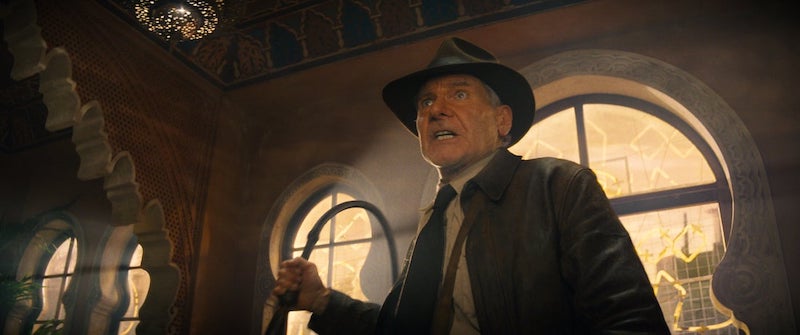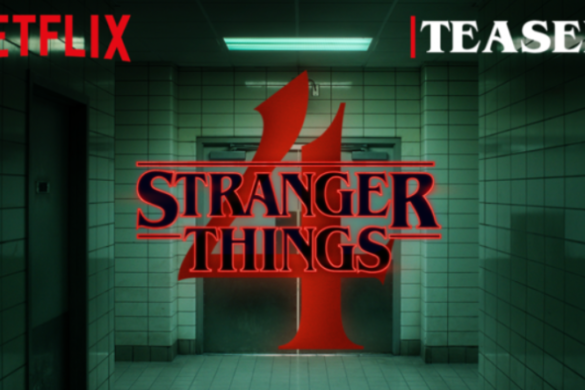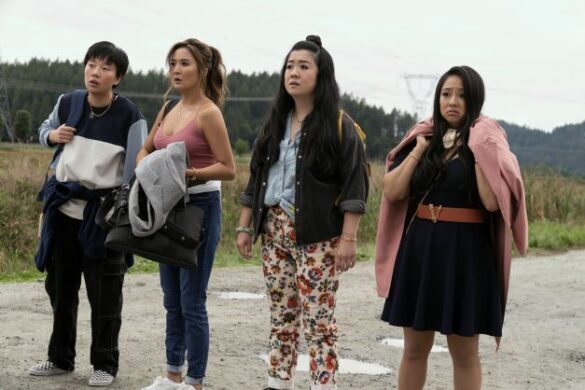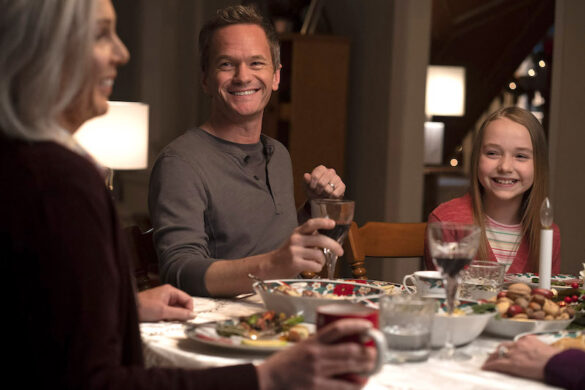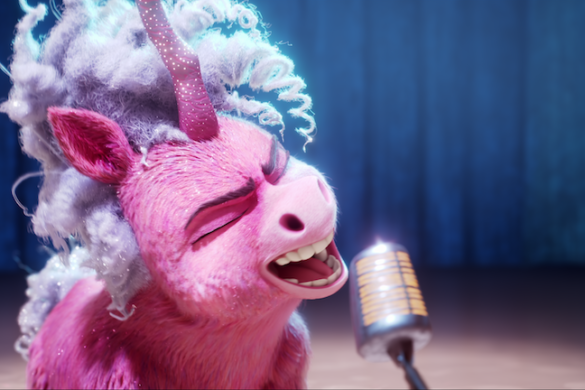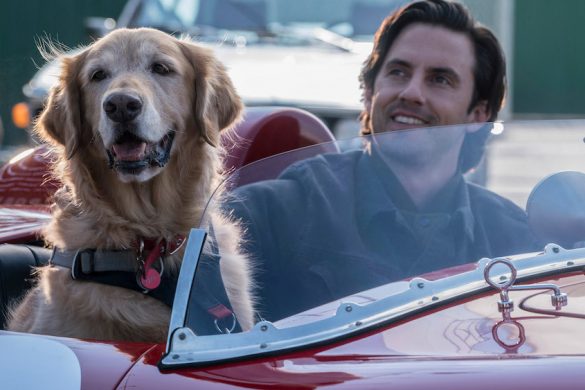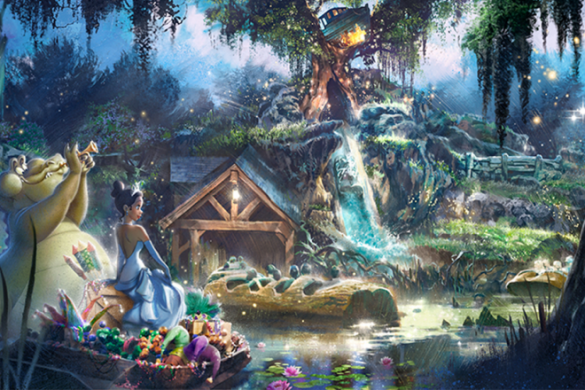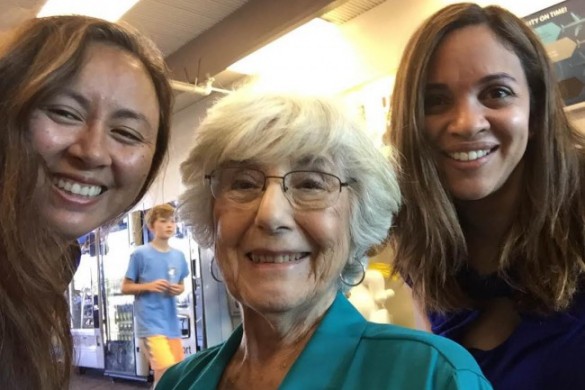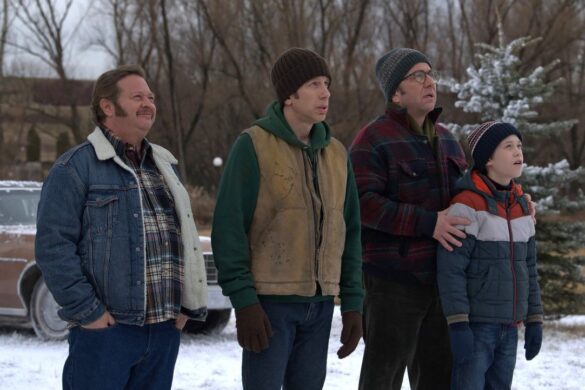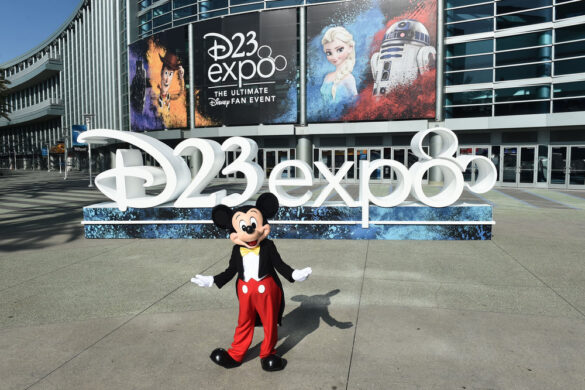For those who grew up watching the Indiana Jones film franchise, “Indiana Jones and the Dial of Destiny” feels like reminiscing on classic adventures with an old friend. If the fifth installment is Harrison Ford’s final outing as the roguish archeologist, then it will be bittersweet knowing that we’ll never see him wear that dusty fedora or crack that bullwhip again. But at least director James Mangold hits the right nostalgic notes and gives him a proper sendoff.
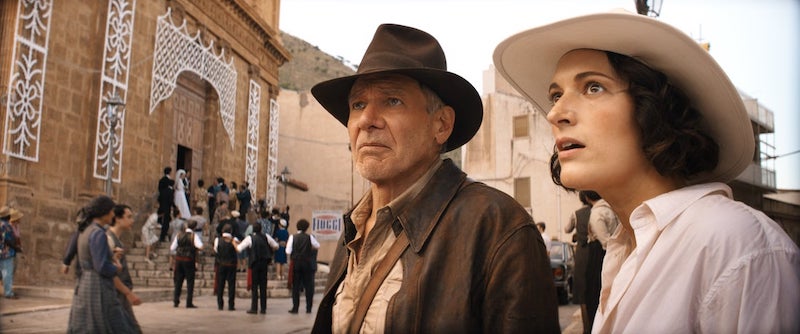
“Indiana Jones and the Dial of Destiny” opens with some lengthy exposition that sees the title character (Ford) and Basil Shaw (Toby Jones) trying to steal The Lance Longinus from the Nazis during the final hours of World War II. However, they stumble upon a different and possibly more powerful artifact, Archimedes’s mysterious dial known as the Antikythera. Decades later, Jones and Shaw have gone their separate ways, with Jones living in New York and teaching disinterested archeological students. It’s quite a sign of the times from when he taught students who wanted to know or were flirting with him. Other things that have changed are his relationship with his wife, Marion, and son, Mutt. With his marriage falling apart and him alone and isolated, time passes Indy by. But he is drawn back into the world of action and adventure when his goddaughter, the sharp and quick-witted Helena Shaw (Phoebe Waller-Bridge), comes into his life and asks him to help her find the rest of the Antikythera.
“Dial of Destiny” draws upon what we love about the Indiana Jones films. It has all the heart and humor we love about the character but is slightly altered to reflect his age and the generation he lives in. Because the film is set shortly after man’s return from the moon, interest in dusty old artifacts isn’t as high as they once were. Man is far more into celebrating the technological advances that took them to space and back.
So Helena is the one person to help Indy relive the glory days, even if he has a more challenging time moving because he’s older and much slower. And there will be plenty of time for Ford to be self-deprecating and Waller-Bridge to roast him about his age. Considering that the sequel has to do with the duo chasing after a dial that could control time, it only makes sense that there would be many of those jokes and a fell well-placed winks and nods. It also forces Indy to face his mortality and his legacy. So many of these Indiana Jones films saw him living dangerously, not thinking about his safety or if he would come out of the situation alive. It’s what makes Indy, Indy.
“Dial of Destiny,” we see him in unfamiliar territory and a very vulnerable place where he buries his grief and age in his loneliness and isolation. It’s until Helena comes by to help him move on and find closure. So by weaving in those themes of time with those classic easter eggs, the nostalgia is an organic part of the story. The film still sees Indy going on globetrotting adventures to find holy or mystical artifacts whose magic is beyond comprehension before the Nazis can get their hands on them. He has these sidekicks and proteges that are his equals or meet his match. And John Williams’ score swells with so much joy and tension that it reminds us of the good old days when these films were more about adventure than setting up for a cinematic event.
It’s great to see how Ford hasn’t lost his touch as the roguish hero. He could still throw a punch and make a few snarky quips, even though everyone around him is much younger and more agile. And his chemistry with Waller-Bridge is delightful, especially when they are sparring words or trying to outwit each other. They have fun playing around their generational gap, with Indy being the overprotective father figure who is slightly judgemental. At the same time, the charming Helena is the obstinate surrogate daughter with all the answers and could get herself out of any situation with that sharp tongue. Even Ethann Isidore’s Teddy, Shaw’s partner in crime, is a Short Round substitute, adding to nostalgia.
As much fun as it is to see Indy back in action again, “The Dial of Destiny’s” action sequences are still as thrilling and harrowing as its predecessors, with our hero leaping into unknown dangers and putting audiences on the edge of their seats. And the same can be said for some of the fight choreography, as it has grounded action and the right amount of physical comedy. Of course, one could be thrown off a bit by the de-aged Indy during the first action sequence that sees him running on the top of a train, trying to get away from the Nazis. And then, flash forward to his present time. He gets into an energized tuk-tuk chase sequence with Nazis and Helena’s former lover, and all of that are these beautiful callbacks to the action hero that isn’t superpowered.
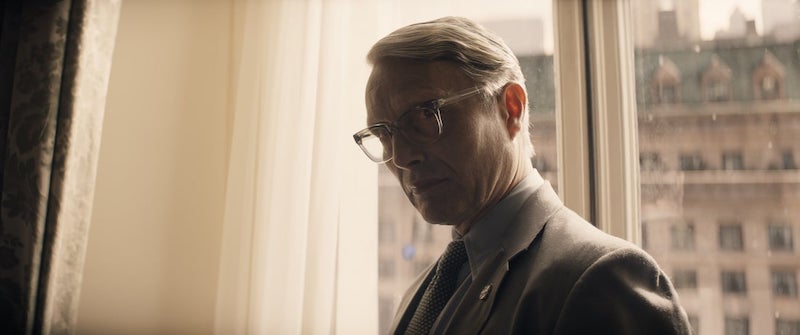
And the chemistry between Indy and Helena, along with those classic action sequences and Williams’ score, slightly overshadows the film’s undeveloped story. Although Indy is older and just trying to live in the moment, it feels like something we’ve seen before. The script, which was written by co-written by Mangold, Jez Butterworth, John-Henry Butterworth, and David Koepp, may have tons of fun nostalgia, but it keeps them from doing anything fresh. The derivative script sees Mads Mikkelsen’s Jürgen Voller, a calculating and methodical Nazi parasite working for NASA in hopes of using their science in conjunction with the MacGuffin to correct the mistakes of the past. Considering that the film has much to do with time and legacy, you can imagine what he wants to do with it. And so, it’s all very familiar and safe, with the nostalgia, mystery solving, fantastic action sequences, and Indy and Helena’s chemistry trying to make us forget about how derivative the story it is. Honestly, I would have benefitted the film if it shaved a few minutes off of the overextended third act. At times, it felt like you wanted to scream at the characters to make a decision so that it would conclude sooner. But the film seeks to draw it out for as long as possible to make us feel melancholic that this could be our last moment with Indy.
Another issue I have with “The Dial of Destiny” is how the film franchise continues to fail people of color. It’s great to see how we can see a bit of a modern woman in Helena during the late 1960s and early 1970s, but John Rhys-Davies’ Sallah is a reminder of how we tried to give Brownface a pass. And Shaunette Renée Wilson’s Mason is severely underutilized.
Despite some of these flaws, “Indiana Jones and the Dial of Destiny” is still an entertaining popcorn flick that should resonate with the fans who got to experience these films in theaters. Ford brings back our favorite hero, who is skeptical of magic and holy powers, but realizes that it’s not so much if you believe it but how hard you believe it. And because Ford has aged with the character and been able to adapt to the times, what was once old feels new again.
8/10

